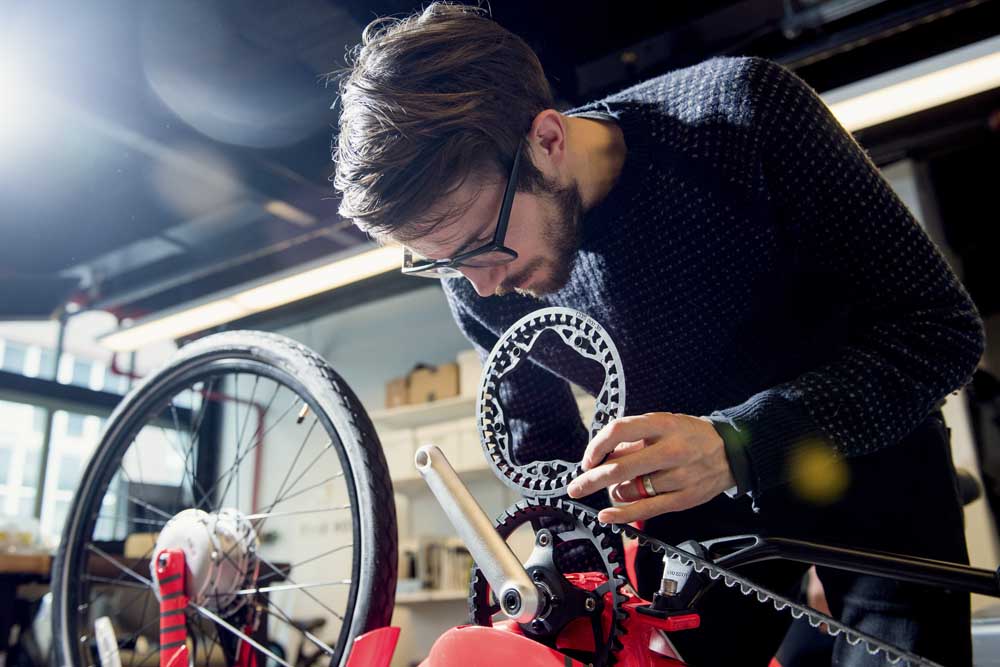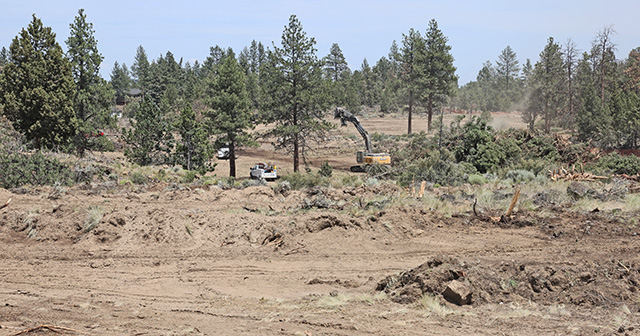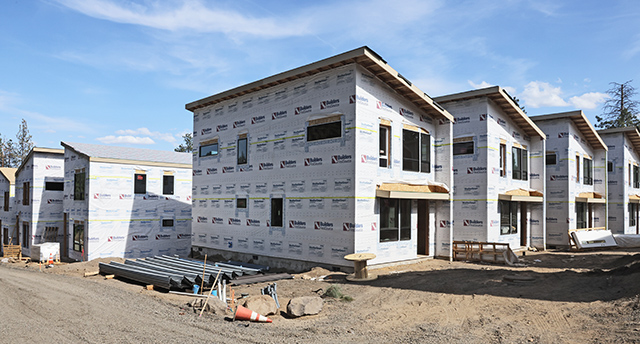Urban hardware startups begin to find a footing
Published 12:02 am Sunday, April 30, 2017

- Nick Foley of Social Bicycle works at the company’s space at New Lab in New York on Monday. There are signs of a groundswell of high-tech hardware start-ups, beyond breakout companies like the electric carmaker Tesla and Nest Labs. (Vincent Tullo/The New York Times)
NEW YORK — StrongArm Technologies, a startup company in Brooklyn, New York, makes “ergo-skeletons” that look a bit like futuristic versions of the back support belts that warehouse workers often wear.
Sensors embedded in the devices monitor a worker’s movements, and artificial intelligence software uses that information to suggest rest, stretching or posture changes — an automated safety coach for preventing back injuries.
StrongArm, a fledgling outfit with just 20 employees, is one of a new wave of startups making all sorts of devices that offer a glimpse of the future for the manufacturing of high-tech hardware in America’s cities.
The company’s home in Brooklyn is a vast, renovated industrial building, where World War II battleships were once made. Now it is dedicated to commercializing digital-age hardware startups.
New Lab, a public-private partnership, opened the doors to the 84,000-square-foot space in June. It now hosts 80 companies across a range of industries and in various stages of development, but they typically have three to 20 employees.
On Thursday, New Lab announced that 14 of its companies, including StrongArm, are joining an urban technology initiative with the New York City Economic Development Corp.
The goal is to generate technology for urban challenges ranging from traffic congestion to local food cultivation.
“We want them to not only make technology in New York, but to deploy it in New York City,” said Alicia Glen, New York’s deputy mayor for economic development.
But progress in hardware — the messy physical world — tends to take longer than in the digital-only realm of software. For a decade now, cloud computing and open-source software have drastically lowered the cost of starting a software company.
So the number of software startups has surged.
Now, it seems, is the time for hardware, where a similar phenomenon is getting underway. It is helped by the software trend, but it is really driven by new hardware tools like 3-D printing and laser cutters as well as low-cost, open-source hardware that allows for rapid prototyping that accelerates the pace of development.
The hardware startups tend to be clustered in urban settings like San Francisco, Boston and New York. The Urban Manufacturing Alliance, a nonprofit community development organization created in 2011, now has about 550 members representing more than 150 cities.
There are signs that manufacturing employment in cities has stabilized, and is reviving in places. After steadily declining for three decades, the number of manufacturing jobs in New York increased by 3,000 from 2011 to 2015, to more than 78,000, the most recent figure available.
This nascent hardware resurgence is difficult to measure precisely. The startups are working in many industries, from manufacturing to health care, and research analysts typically classify them as entrants in those industries rather than hardware companies.
But there are signs of a groundswell of high-tech hardware startups, beyond breakout companies like the electric carmaker Tesla and Nest Labs, the digital thermostat company, which Google bought for $3.2 billion and is now a subsidiary of the parent company, Alphabet.
Funding is becoming more plentiful from traditional venture capitalists, the venture arms of major corporations and venture funds that are dedicated to hardware startups, like Bolt and Lemnos Labs. The companies in New Lab, for example, have raised more than $250 million.
For most companies in New Lab, the Brooklyn center is headquarters, and it is where their design and development are done. As the hardware startups grow, how much manufacturing will be done in the city is an open question.
StrongArm, for example, is starting to gain momentum, having sold more than 4,000 units of its digital safety wear in the past couple of years. Its manufacturing is done by contractors, one in an industrial district elsewhere in New York City and another in upstate New York.
Beth Comstock, vice chairwoman of GE, who is in charge of new business development, has visited New Lab several times. Comstock even did a video interview with Andrew Shearer, chief executive of Farmshelf, a New Lab startup that is using sensors and software to develop hardware units for locally grown food.
“We need to be constantly learning, connecting with new companies coming up, and seeing new business models earlier,” Comstock said.
New Lab itself began as a test-and-learn startup. In 2013, it created a “beta” space nearby in the Brooklyn Navy Yard in a building with 8,000 square feet. “It wasn’t obvious that companies would want to come here,” said David Belt, chief executive of New Lab.
But come they did. New Lab has fielded more than 400 applications to select its 80 companies. An idea and enthusiasm are not enough to make the grade. Companies, Belt explained, must have a product and usually a seed round of funding.
Belt and his partner at New Lab, Scott Cohen, also recruited companies they thought could contribute a lot to their hardware community and mentor younger outfits.







